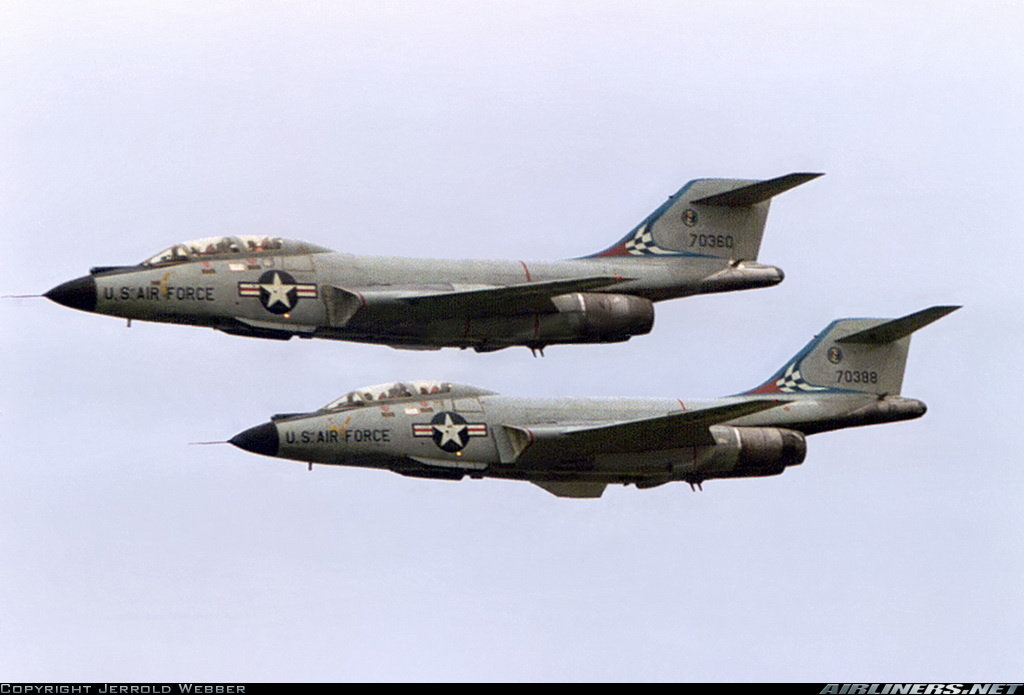
McDonnell F101B Voodoo USA Air Force Aviation Photo 2312569
THE MCDONNELL F-101B (CF-101) Voodoo was a supersonic, all-weather interceptor employed by the Royal Canadian Air Force starting in 1961. In its day, the Voodoo could zoom higher, faster and further and intercept an enemy sooner than any other aircraft. It also had more "kill" potential than any of its contemporaries. The Voodoo's primary armament

F101B “Voodoo” Strategic Air Command & Aerospace Museum
DAYTON, Ohio -- McDonnell F-101B Voodoo at the National Museum of the United States Air Force. (U.S. Air Force photo) McDonnell F-101B Voodoo Developed from the XF-88 penetration fighter, the F-101 originally was designed as a long-range bomber escort for the Strategic Air Command.

McDonnell F101B Voodoo USA Air Force Aviation Photo 0163197
* The McDonnell "F-101 Voodoo" was one of the US Air Force's first operational supersonic fighters. It served as a tactical nuclear strike aircraft, an interceptor, and in particular as a photo-reconnaissance platform, with considerable combat experience in the reconnaissance role during the Vietnam War.. F-101B: Two-seat all-weather.
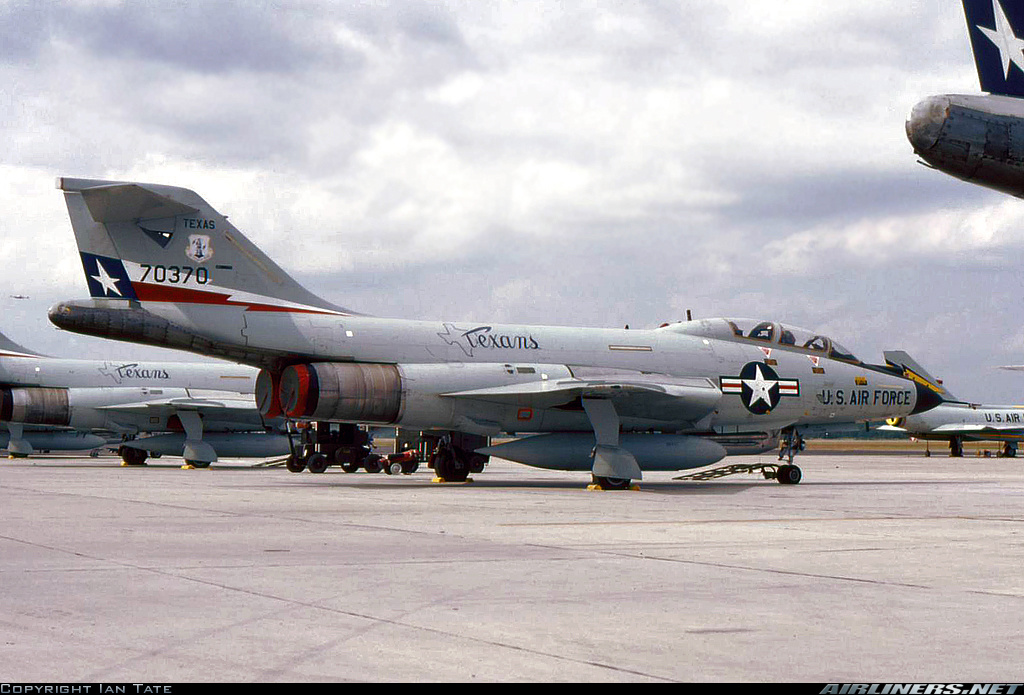
McDonnell F101B Voodoo USA Air Force Aviation Photo 1754599
The F-101B was the tandem two-seat all-weather interceptor version of the Voodoo for the Air Defense Command, powered by two 5438kg thrust afterburning J57-P-55 turbojets. The first F-101B flew on 27 March 1957 at St Louis. For long-range intercept, it could carry two Douglas MB-1 Genie nuclear unguided rockets as well as three Falcons.
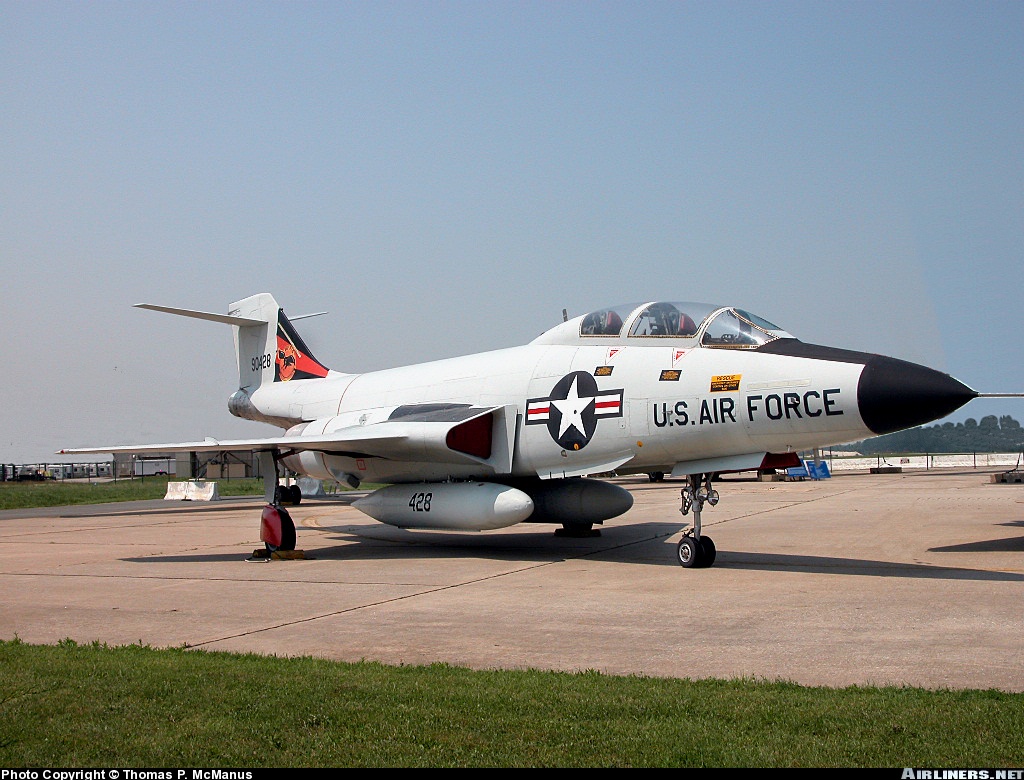
McDonnell F101B Voodoo USA Air Force Aviation Photo 0613253
Aircraft Type: F-101B, S/N 59-0462, VooDoo, McDonnell. Mission: All weather fighter-interceptor. Number Built: The Air Force bought a grand total of 807 F-101s: 2 experimental models (first known as XF-88s), 77 F-101As, 47 F-101Cs, 35 RF-101As, 166 RF-101Cs, and 480 F-101B and F-101F interceptors.. Powerplant: Two Pratt & Whitney J57-P-55 afterburning turbojet engines, 11,990 lbs. thrust.

McDonnell F101B Voodoo
The McDonnell F-101 Voodoo was affectionately called the "One-oh-Wonder" and known moreso early on for its many record-setting achievements in the early years of use. The twin-engine fighter-bomber was a design that nearly wasn't thanks to the development of more potent high-flying long range bombers.
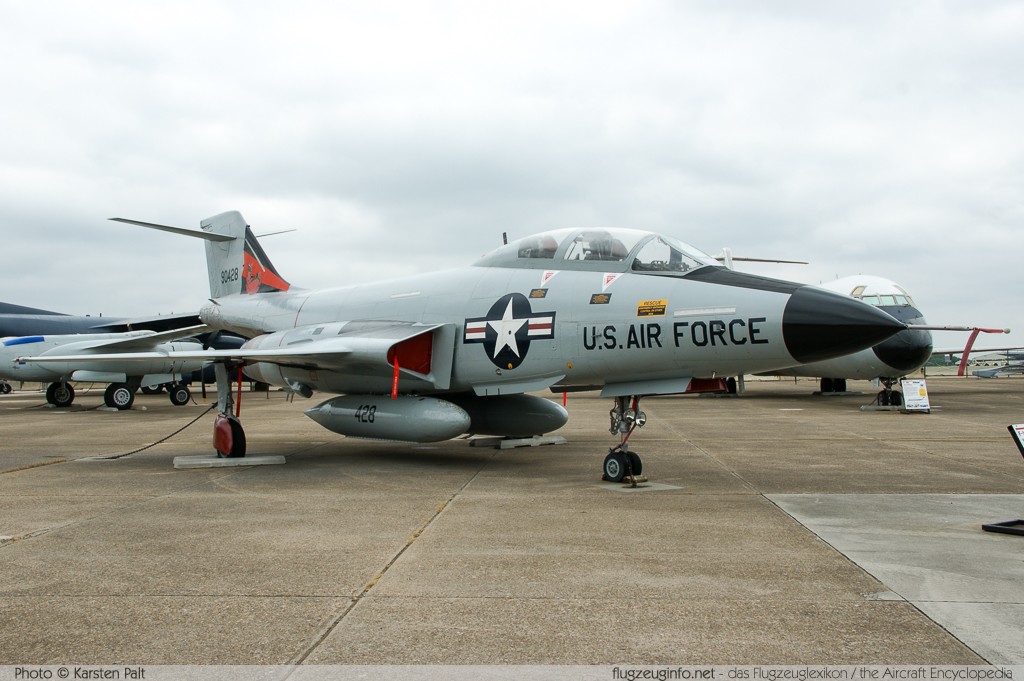
McDonnell F101 Voodoo Specifications Technical Data / Description
The Voodoo, also known as the "One-oh-Wonder," was developed from the XF-88 Voodoo and first flew on 29 September 1954; a total of 807 were built. Interesting Facts. The museum F-101B has the distinction of having made the very last Voodoo flight in the USA when it was flown from Canada to its present location on 7 April 1987.
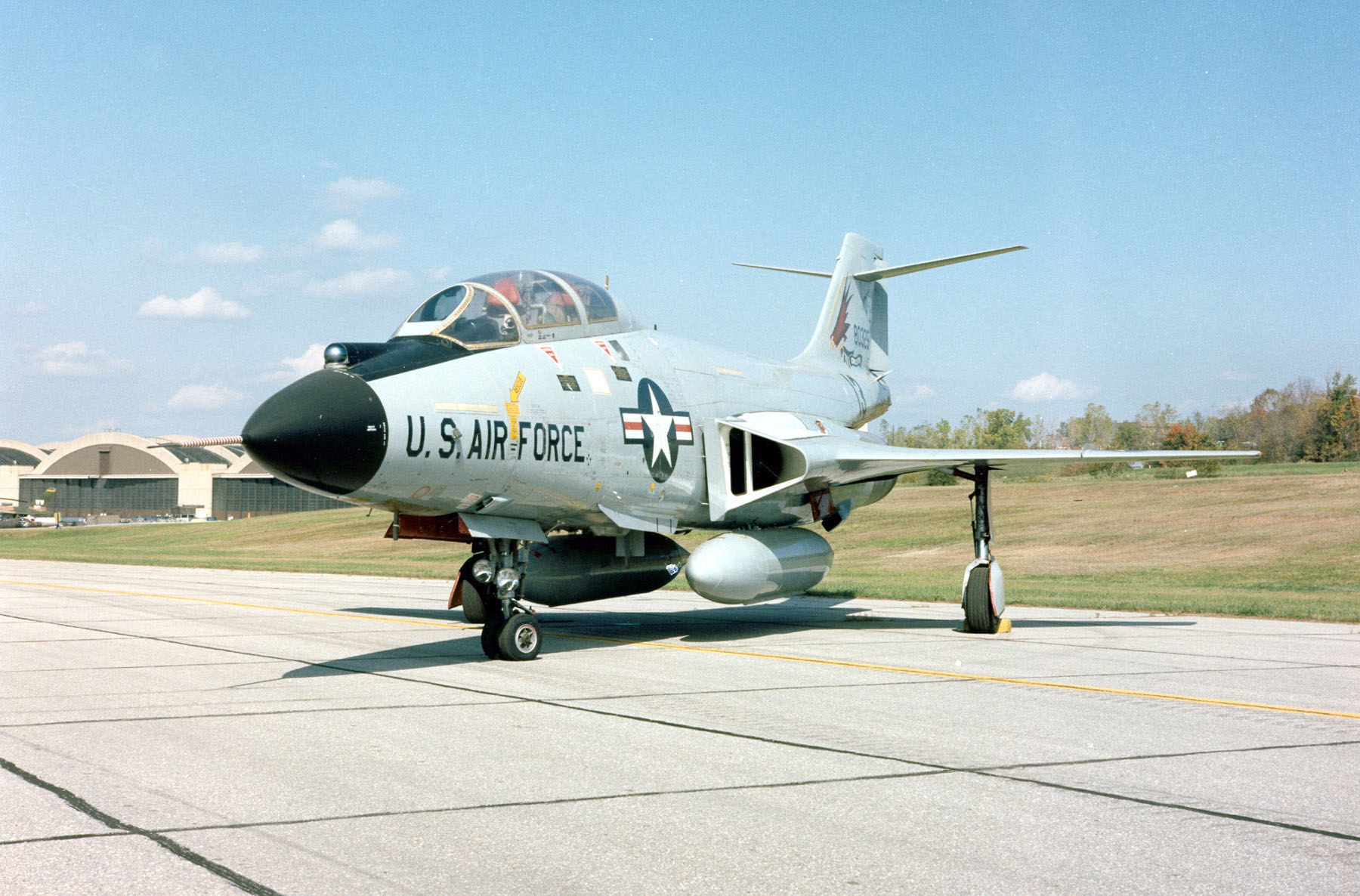
McDonnell F101B Voodoo > National Museum of the US Air Force™ > Display
The two-seat, all-weather fighter-interceptor version, the F-101B, was the most numerically significant and longest-lived Voodoo. The Air Force's ambitious two-step interceptor program with Convair—the Mach 1 F-102A to be followed by the Mach 2 F-102B (redesignated F-106A in 1956)—was well behind schedule by the end of 1953.

F101B Voodoo Air Mobility Command Museum
The McDonnell F-101 Voodoo is a supersonic jet fighter designed and produced by the American McDonnell Aircraft Corporation . Development of the F-101 commenced during the late 1940s as a long-range bomber escort (then known as a penetration fighter) for the United States Air Force 's (USAF) Strategic Air Command (SAC).

McDonnell F101B Voodoo USA Air Force Aviation Photo 4456679
Designated F-101 in November 1951, the Voodoo was originally designed as a long range escort fighter for the Strategic Air Command and borrowed heavily from McDonnell’s earlier XF-88 penetration fighter design.
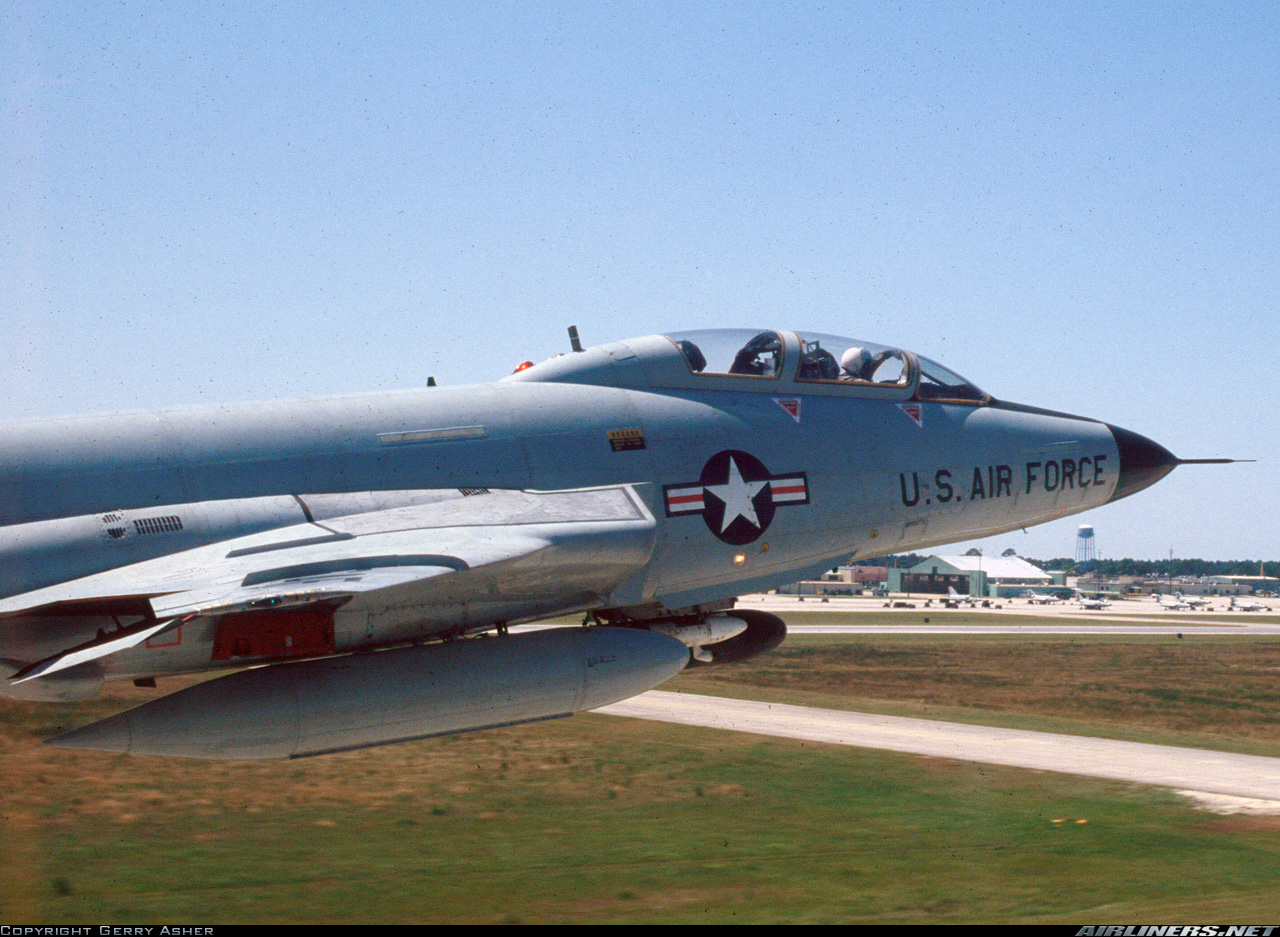
McDonnell F101B Voodoo USA Air Force Aviation Photo 1819721
The F-101B was the tandem two-seat all-weather interceptor version of the Voodoo for the Air Defense Command, powered by two 5438kg thrust afterburning J57-P-55 turbojets. The first F-101B flew on 27 March 1957 at St Louis. For long-range intercept, it could carry two Douglas MB-1 Genie nuclear unguided rockets as well as three Falcons.
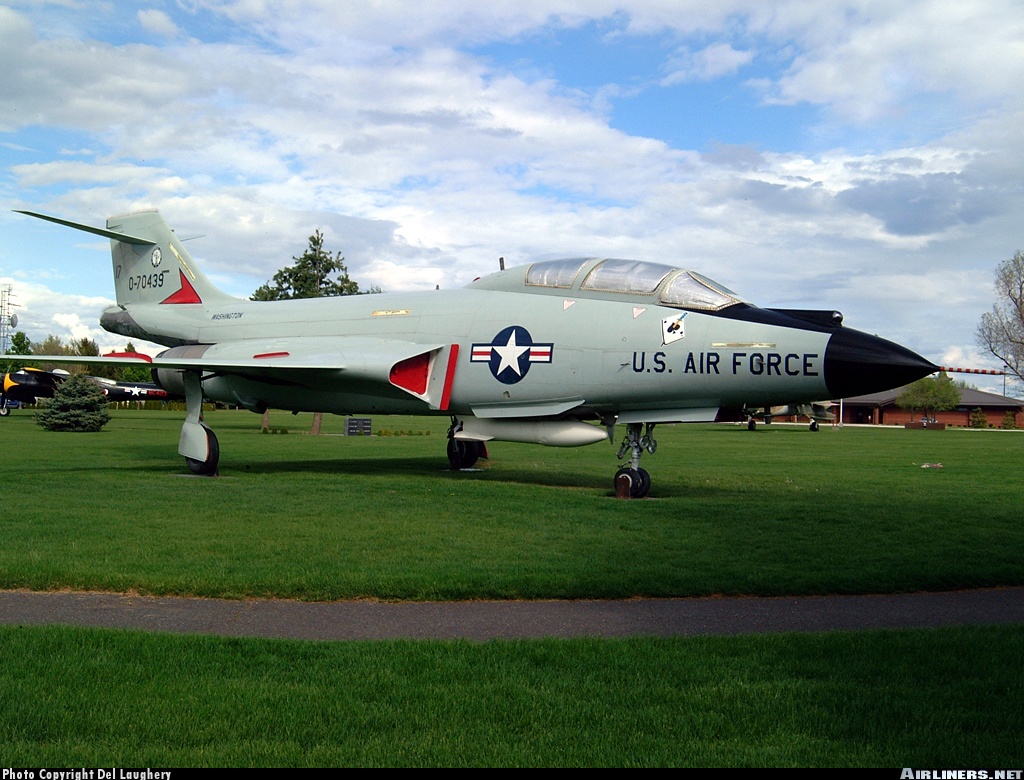
McDonnell F101B Voodoo USA Air Force Aviation Photo 0241294
The F-101B was originally designed as a long-range bomber escort for Strategic Air Command in 1959. However, this mission changed, once more effective bombers like the B-52 entered service.
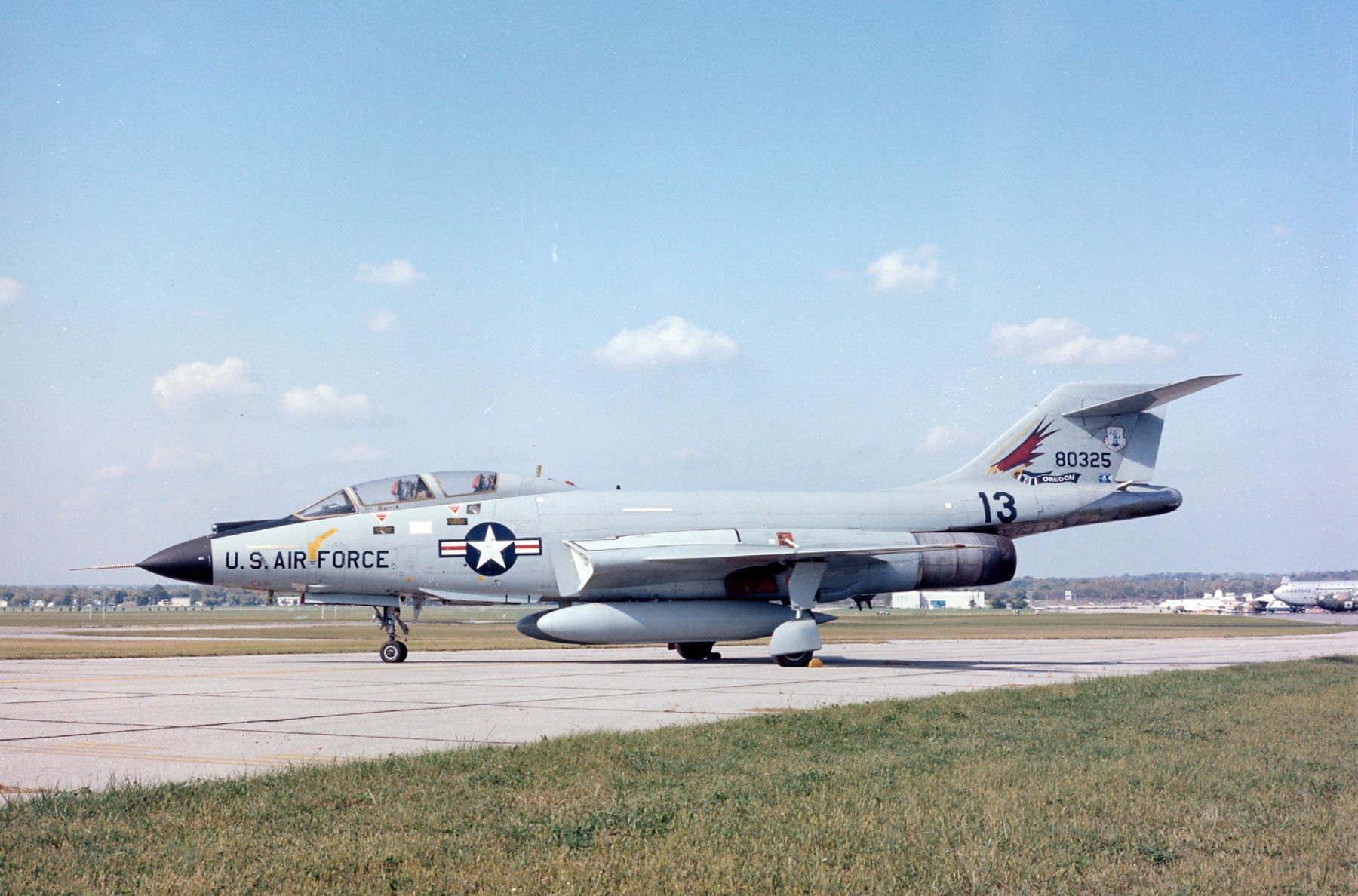
McDonnell F101B Voodoo > National Museum of the US Air Force™ > Display
The F-101, developed in the mid-1950s by the McDonnell Aircraft Company from their prototype XF-88 Voodoo, fitted the bill. The maiden flight took place on 29 September 1954, but the official commissioning into the air force was delayed until the spring of 1957. The F-101 was part of the so-called "Century" series (F-100 to F-110).
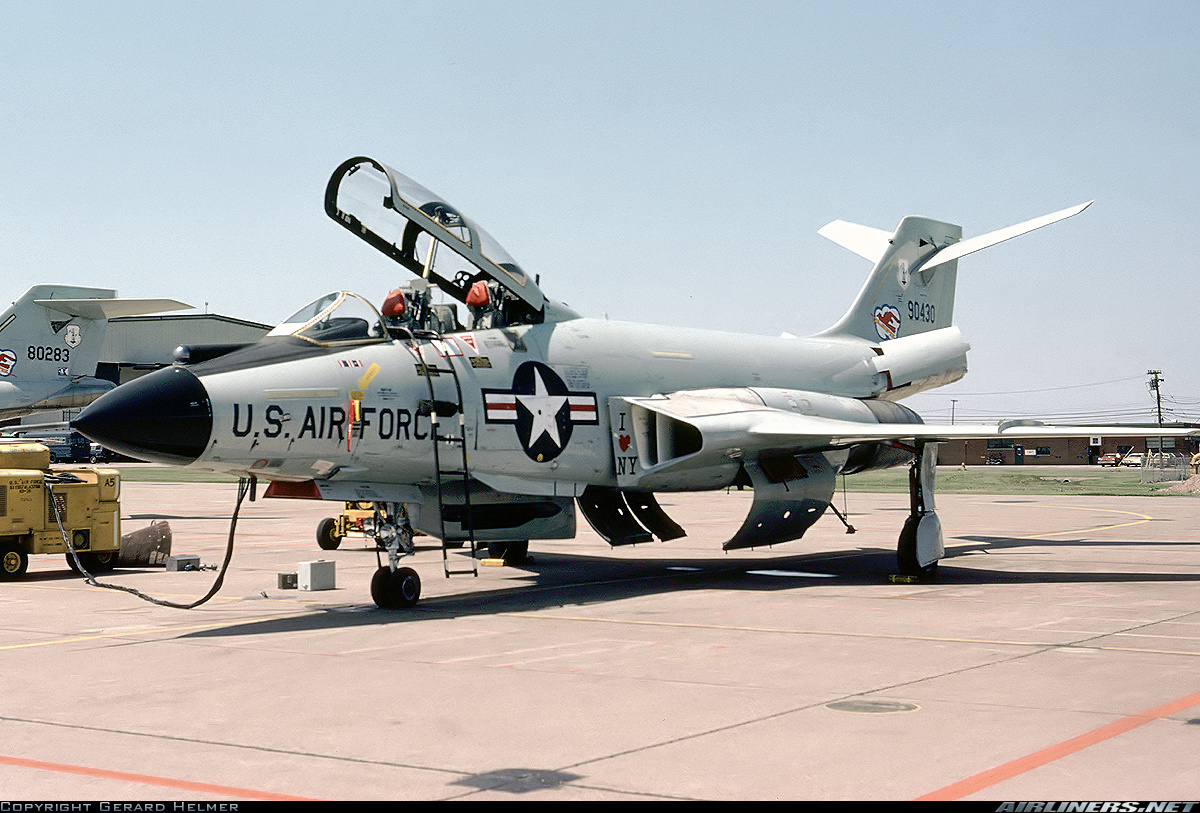
McDonnell F101B Voodoo USA Air Force Aviation Photo 0949518
1Canada 2France 3Germany 4Taiwan
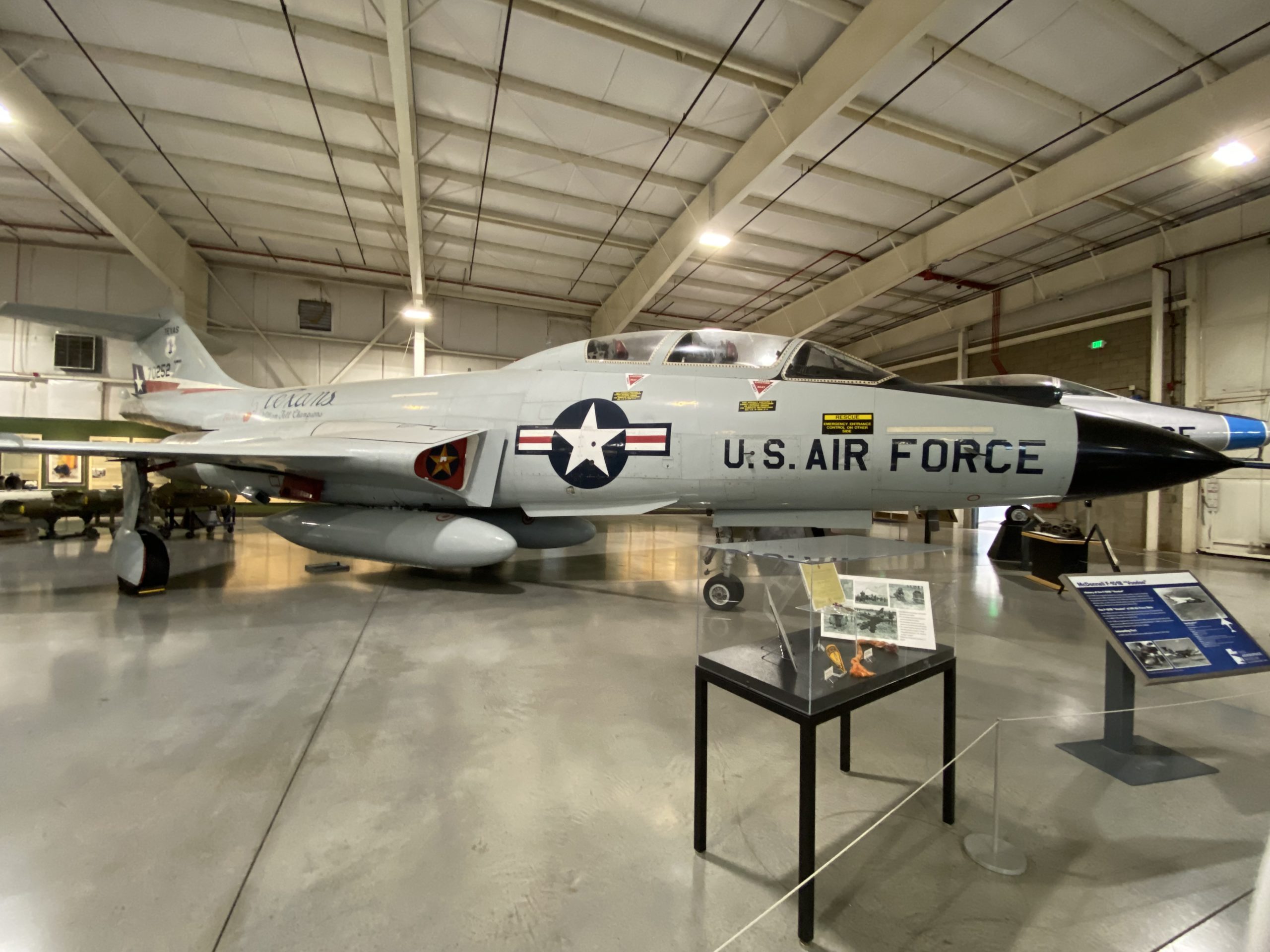
McDonnell F101B Voodoo Hill Aerospace Museum
Conceived as a fighter escort for SAC nuclear bombers, then adapted to other roles, McDonnell's 1,000-mph F-101 Voodoo made its mark as a photoreconnaissance platform and fighter-interceptor. by E.R. Johnson 7/28/2021

Photos McDonnell F101B Voodoo Aircraft Pictures Us military aircraft
F-101B Voodoo The Voodoo became the principle aircraft of the 98th Fighter Interceptor Squadron stationed at Dover Air Force Base in the mid-1950s to the mid-1960s. Their job was to defend Washington D.C. and the Eastern U.S. over the course of the Cold War. At any time the 98th was ready to scramble into the air within five minutes.